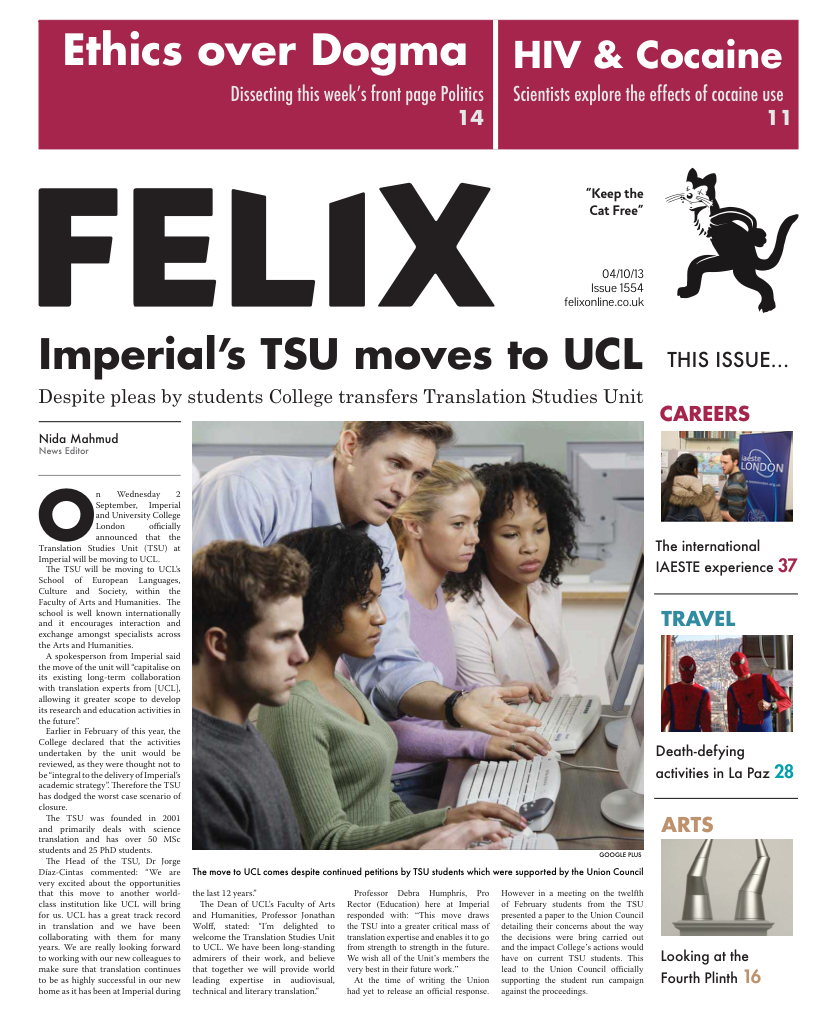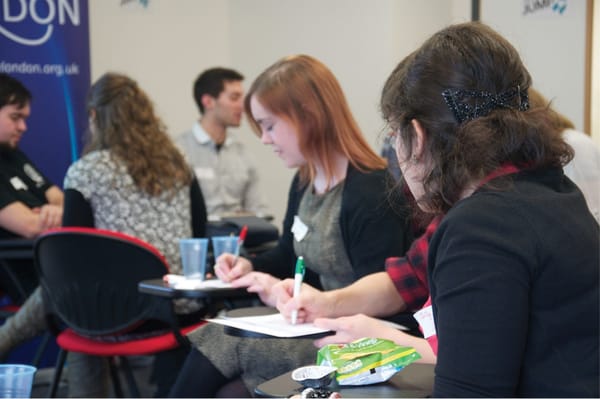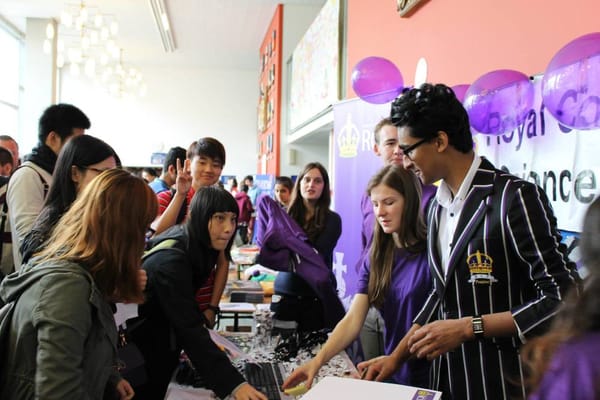Oranges and Lemons say the bells of St. Clement's
University of London Society of Change Ringers, ring a bell?
You find yourself in the library; you have an exam/deadline tomorrow that has made your stress levels reach a new high. Hyped up on pro plus and red bull, a heavenly chorus drifts in from Queens Tower and the melodic chiming of the bells makes everything seem alright… Who am I kidding? Anybody with Facebook or Twitter is accustomed to the tirade of complaints about ‘noise pollution’ and their suddenly sensitive ears. But ever wondered what is really going on up there? What is change ringing and who are the mythical bell ringers? The ancient English art of campanology involves bell ringers pulling ropes. These are attached to wheels to turn bells through 360 degrees, not like the Mars advert. This mechanism allows the ringers to control the bell, allowing them to ring the mathematical permutations that form change ringing. Most towers have 6 or 8 bells though some, such as Queens Tower, have 10. They are arranged from smallest (‘the treble’) to largest (‘the tenor’), usually in a diatonic scale. The more bells you have, the possible changes and methods grow exponentially; as anyone who has done statistics would know. This means that even though bell ringing was started in the 17th century there are new methods discovered every day and many, many more yet to be realised. Founded in 1945, the University of London Society of Change Ringers (ULSCR) is the only bell ringing society available for students in London. And yes, even though it is UoL, Imperial students can join. We practice on a Thursday evening at the Church of St Olave’s, Tower Hill, though there are constant weekday and weekend quarter peals organised throughout the year. If you are wondering, a quarter-peal takes approximately 45 minutes, 1260 changes to be precise, and is rung for important occasions. A full peal is 5060 changes and is usually reserved for very special moments, such as the Royal Baby, due to the colossal stamina required to concentrate for 3 hours. However, it’s not all about ringing! Practises are always followed by visits to a variety of pubs (sometimes consecutively) and Sunday morning ringing is usually followed by a ‘Spoons breakfast and more drinking. We also hold several ringing tours and social events over the year, the climax being the swanky annual dinner. So do you find ringing a-peal-ing? Interested in learning the ropes? If you like it, why not put a ring on it? Okay, I’m all out of puns. For further information about the society and events please visit www.ulscr.org.uk







